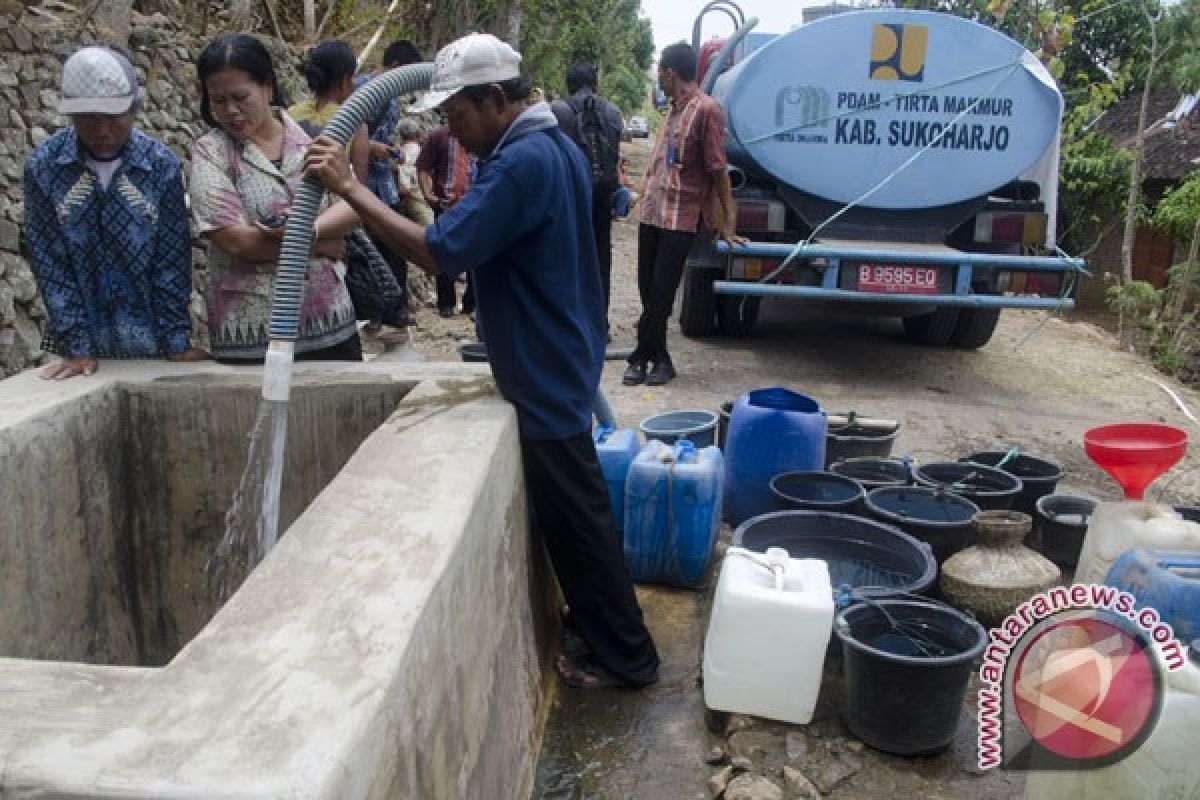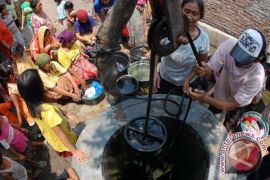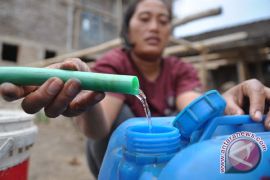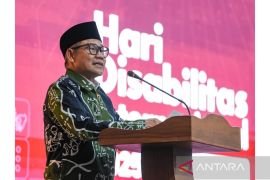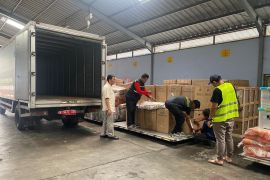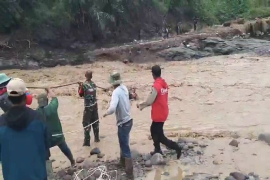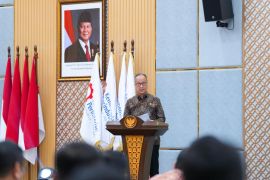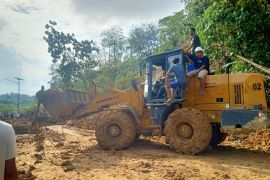Up to 2012 the government will set itself a target to have implemented the National Program for Drinking Water Supply and People-based Sanitation (Pamsimas) at 5,500 villages in 110 districts and 15 provinces across the country.
It is because the country is still facing sanitation problems because around 70 million of its population are still living without proper toilets that will lead to the outbreak of diseases and serious economic losses.
Therefore the Public Works Ministry`s Human Settlement (Cipta Karya) Director General Budi Yuwono said in Jakarta recently that the Pamsimas program would be expanded to other villages in other regions.
Budi said that after 2012, the Pamsimas program would be continued to the second stage from 2013 to 2017 with an objective to improve access to drinking water and sanitation services for the poor communities in rural and suburban areas.
In an effort to reduce the sanitation problem, the United States Agency for International Development (USAID) launched the "High 5" Kelurahan Project at Tegalsari and Sawahan sub-districts in Surabaya, East Java, on December 22, 2011.
Managed by the Cipta Cara Padu Foundation (CCP), the "High 5" Kelurahan project will improve hygiene and sanitation practices at the household and community levels in urban areas in Indonesia with high diarrhea prevalence.
CCP spokesperson Ratih Astati Dewi said in Surabaya on Thursday that the project would contribute to the achievement of the national sanitation campaign and citywide sanitation strategies in three cities namely Surabaya in East Java, Medan in North Sumatra, and Makassar in South Sulawesi.
High Five will benefit about 12,000 households or 48,000 people; 12,000 of whom are children under the age of five.
The project has three main components to be implemented, first is to generate demand for improved water and sanitation facilities in select sites through community mobilization, public-private partnerships and communications campaigns.
Second is to increase visibility of urban water and sanitation issues through engaging media, and the third is to work to ameliorate inefficiencies and streamline the cities? solid waste collection systems.
The project team plans to undertake formative and baseline research before the end of 2011 and will roll out communications activities from early 2012.
Responding to the launch of USAID-funded High 5 project at Tegalsari and Sawahan sub-districts, Surabaya Deputy Mayor Bambang DH said he positively welcomed it because the project was in line with the program of Surabaya city administration.
"I positively welcome the presence of High 5 project in Surabaya to improved water and sanitation facilities in the two sub-districts," Bambang said.
Lack of sanitation facilities and poor awareness of proper management of domestic waste-water, and the discharge of untreated waste into water systems is one of the most common sanitation problems in Indonesia.
"Indonesia is one of many countries around the world with sanitation problem that causes many types of disease and death," environment office director of the AUSAID Indonesia, Alfred Nakatsuma, said in October this year.
According to him, about one billion people around the world are still without toilets and 81 percent of whom happened in India, Indonesia, China, Ethiopia, Pakistan, Nigeria, Sudan, Nepal, Brazil, Niger, and Bangladesh.
"Therefore, water construction and sanitation require government planning and public support. In addition, the people have to be able to make changes for themselves and their environment," he noted.
He pointed out that 94 percent of diarrhea epidemic was caused by bad sanitation and consumption of contaminated water.
Contaminating the water sources also has an indirect affect on health by exposing foods, such as vegetables and fish, to the pathogens present in contaminated water.
According to him, contaminated wells are another sanitation problem in Indonesia.
In areas that rely on hand dug wells, the typically shallow depth of the wells often allows for contamination from the groundwater.
Overcrowded living conditions and the improper disposal of waste can also contribute to contaminated groundwater.
Therefore Nakatsuma said USAID has announced a new activity called the USAID Indonesia Urban Water, Sanitation and Hygiene (USAID IUWASH) Project to build on over 10 years of collaborative assistance with the government of Indonesia in safe water and sanitation.
IUWASH is a five-year, US$33.7 million effort that will expand access to water and sanitation services to Indonesia`s urban poor, currently those people with the most limited access to these services.
The project will promote the goals of the U.S.-Indonesia Comprehensive Partnership by improving urban water and sanitation services thereby strengthening individual health.
The Comprehensive Partnership advances cooperation in a wide range of issues to sustain the environment, promote prosperity, strengthen democracy, enhance understanding and ensure security.
He said the IUWASH project would also contribute to achieving safe water and sanitation targets that the Government of Indonesia has set as part of the 2015 Millennium Development Goals of
providing drinking water services to nearly 60 million Indonesians and sanitation services to 35 million.
Meanwhile, Public Housing Ministry`s bureau chief of planning and budgeting, Oswar Mungkasa, said diarrhea could occur when the stomach was infected by microbes from feces.
"Besides diarrhea, other diseases such as typhoid fever, hepatitis-A, and polio, are still haunting the people with unhealthy behaviors," Mungkasa said.
Therefore he noted that a solution to sanitation program should be on top of both government and public priority.
(Uu.O001/H-NG)
Reporter: by Otniel Tamindael
Editor: Priyambodo RH
Copyright © ANTARA 2011
